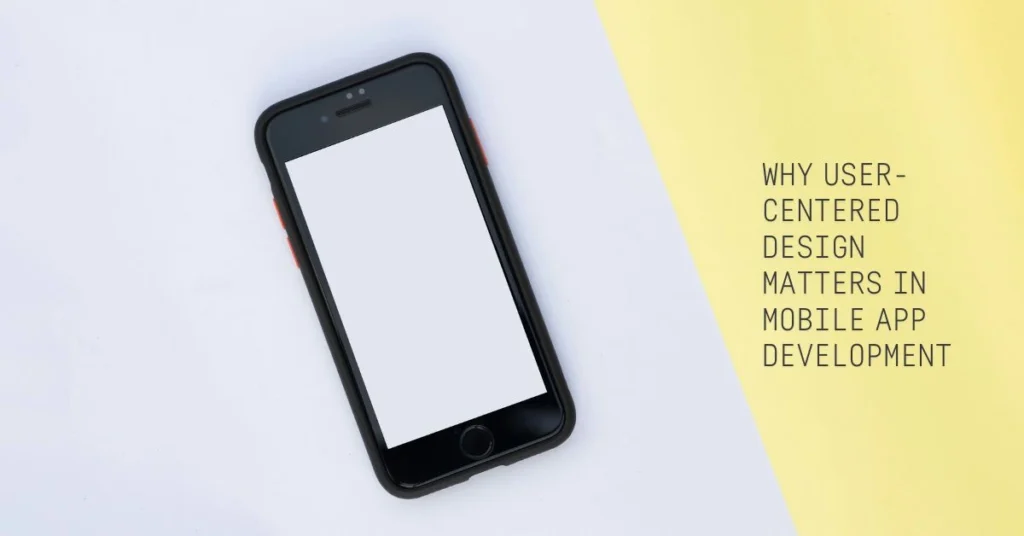Introduction to UI/UX Design
In the digital world, the first impression of a product often comes from its UI/UX Design. Whether it’s a website, a mobile app, or a software dashboard, design determines how users interact and feel about it. A great interface can attract users instantly, while a poor experience can drive them away. This is why UI/UX Design plays a critical role in today’s competitive market. Learn more about our Web Development Services.
In this article, we’ll explore the fundamentals of UI/UX Design, its importance, best practices, tools, career opportunities, and future trends.
What Is UI/UX Design?
UI/UX Design is a combination of two concepts:
- UI (User Interface) Design focuses on the visual layout, elements, and interaction points such as buttons, colors, typography, and overall aesthetics.
- UX (User Experience) Design emphasizes usability, navigation flow, and how users feel while interacting with the product.
Together, UI/UX Design ensures a product is not only visually appealing but also functional, intuitive, and enjoyable to use.
Why Is Good Design Important?
A strong User Interface Design benefits both businesses and users:
- Improves user satisfaction → Happy users are more likely to return.
- Increases conversion rates → Better design encourages users to take action.
- Builds brand credibility → Professional design reflects trustworthiness.
- Reduces development cost → Identifying usability issues early prevents costly fixes later.
Simply put, UI/UX Design bridges the gap between user needs and business goals.
Key Principles of Great Design
To master User Interface and Experience, focus on the following principles:
- Clarity – Every element should serve a clear purpose.
- Consistency – Maintain uniformity in colors, typography, and layouts.
- Accessibility – Create designs that ensure usability for everyone, including individuals with disabilities.
- Feedback – Provide instant visual or audio feedback for user actions.
- Simplicity – Reduce complexity to make navigation seamless.
Design Process Explained
The process of creating effective User Interface and Experience involves several stages:
- Research – Understand user needs and competitor strategies.
- Wireframing – Build low-fidelity sketches of layouts.
- Prototyping – Create interactive models to test usability.
- UI Design – Add colors, icons, typography, and branding.
- Testing – Conduct usability tests to refine design.
- Launch & Iterate – Deploy the design and keep improving.
Popular Tools for Designers
Designers use various tools to create and refine their work. Some of the most widely used tools for User Interface and Experience are:
- Figma – Cloud-based, collaborative design tool.
- Adobe XD – Powerful for prototyping and wireframing.
- Sketch – Popular among Mac users.
- InVision – Great for prototyping and feedback.
- Canva – Beginner-friendly for simple UI mockups.
Best Design Practices
To create outstanding User Interface Design, follow these best practices:
- Keep navigation simple and intuitive.
- Use whitespace effectively to improve readability.
- Prioritize mobile-first design since most users browse on smartphones.
- Test with real users to gather actionable feedback.
- Continuously update and improve based on analytics.
Career Opportunities in UI/UX Design
With increasing demand, careers in User Interface and Experience are booming. Job roles include:
- UI Designer
- UX Designer
- Product Designer
- Interaction Designer
- Usability Analyst
Companies across industries—from tech startups to Fortune 500 firms—are investing heavily in UI/UX Design talent. If you’re interested in building your skills, check out our Blog on Full Stack Development.
Future Trends in UI/UX Design
The world of UI/UX Design continues to evolve with technology. Some key trends include:
- AI-driven personalization → Tailoring designs to individual preferences.
- Voice-based interfaces → Expanding beyond screens.
- AR & VR design → Creating immersive digital experiences.
- Minimalist design → Clean, distraction-free interfaces.
As businesses adapt to these innovations, UI/UX Design will remain at the core of product development. According to a study by Interaction Design Foundation, these innovations will shape the next generation of digital products.
Conclusion
Effective UI/UX Design is no longer optional—it’s essential. From user satisfaction to business growth, design impacts every aspect of digital interaction. By understanding its principles, following best practices, and staying updated with trends, businesses and designers can create products that stand out in the crowded digital marketplace.
If you want to engage users, build trust, and achieve success, investing in UI/UX Design is the smartest decision you can make.
Want to explore more? Check out our Blog Page for more articles on technology, design, and development.
[helpie_faq group_id=’22’/]


